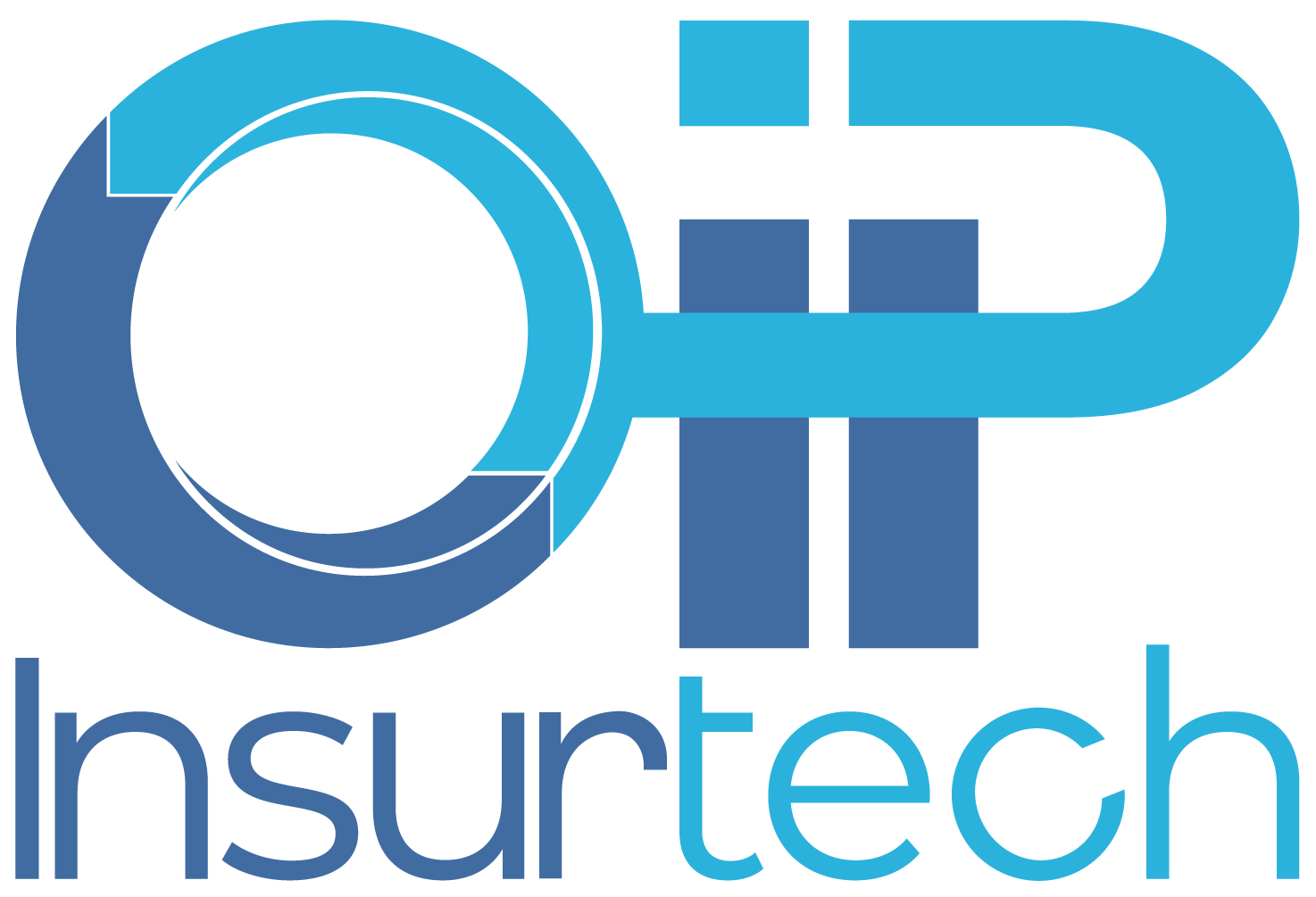Are Traditional Insurance Processes Holding the Industry Back?
The Need for change
The traditional insurance processes, especially paper-heavy ones, have created burdensome inefficiencies throughout various stages, from underwriting to claims settlements. As the industry shifts towards technological advancements, the demand for faster, more agile systems is on the rise.
Lloyds of London has acknowledged these challenges and initiated the digital transformation within the insurance market through the Blueprint Two initiative; this effort would aim to modernize claims handling, improve data flow, and enhance operational efficiency through automation. This push towards digitalization is intended to keep the industry competitive and resilient in a rapidly evolving environment.
Insurtech innovators have sooner recognized the need for digitalization within the industry, identifying areas where automation could benefit. This has led to a rise in collaborations between insurers and tech solutions providers; however, while some are quick to adopt digital tools, many face challenges in scaling these changes efficiently. This now raises the question: is the industry truly ready to embrace full-scale digitalization?

Lloyds call for digitalization
Lloyds of London has recognized the urgent need for digital transformation in an evolving world. In response, they launched Blueprint Two, a strategic initiative aimed at modernizing insurance processes through digital adoption. The ambitious program focuses on creating and encouraging seamless data-driven ecosystems to improve efficiency, transparency, and the customer experience in alignment with the societal shift toward digitalization.
A key component of this initiative is the transformation of claims processing. Traditionally, the claims process was slow and manual, resulting in delayed settlements for policyholders and increased operational costs for insurers. By introducing automated claims handling and real-time data exchange, Lloyds aims to reduce processing times, minimize manual workflows, and enhance accuracy – benefiting both insurers and policyholders.
Beyond claims, Blueprint Two seeks to improve underwriting efficiency, removing risk assessments for underwriters’ workloads while maintaining accuracy and ensuring access to quality data. By transitioning from legacy systems to outsourced support, AI, API systems, and cloud-based platforms, the administrative burdens no longer have to rest on underwriters, enabling them to achieve greater efficiencies elsewhere in their role.
While, in theory, this is ideal, the success of the initiative relies on the widespread adoption across the insurance market. Without collaboration from all key entities – brokers, underwriters, and insurers – these digital advancements will face challenges in scaling, as will the broader insurance industry. It remains to be seen how swiftly the industry can align with Lloyds’ vision to make digitalization a reality.
The Benefits of digital transformation
For digitization to be embraced, the industry needs to look beyond keeping up with technological trends and focus on improving efficiency, enhancing customer experiences, and ensuring long-term competitiveness. As Lloyds pushes for widespread digital process adoption, insurers stand to gain significant benefits from the digital transformation.
Faster claims processing
The traditional claims process requires many manual checkpoints, leading to delays, errors, and frustration for policyholders. With automation, AI, and digital claims platforms integrated, insurers can significantly reduce processing times. Automated claims workflows enable faster assessments, approvals, and an overall smoother experience for all stakeholders.
Improved customer experience
Policyholders expect seamless, digital-first interactions, following the rest of society in the digital shift. Having access to AI chatbots, self-service options, and instant document processing will allow customers to have effective and efficient communication and receive faster service. Reducing the friction in these processes will boost customer satisfaction and build stronger long-term relationships.
Cost savings & scalability
Insurers can automate their repetitive tasks by leveraging digital platforms rather than relying on manual processes and legacy systems. They would be able to optimize resource allocation, reduce administrative and operational inefficiencies, and reduce costs overall – allowing them to reinvest more into their businesses. In addition to this, scalable cloud-based solutions ensure that insurers can grow and adapt without the constraints of outdated infrastructure that had previously hindered them.
Enhanced security & fraud prevention
The rise of digital transactions has led to an increase in cybersecurity concerns; however, technologies such as blockchain and AI-driven fraud detection can enhance data security while reducing fraudulent claims and ensuring compliance with regulatory requirements. Implementing digital tools like smart contracts and automated verification processes further adds trust and transparency to transactions.
By fully embracing digital solutions, insurers can position themselves as market leaders, offering faster, more reliable, and customer-centric services. However, the transition requires a willingness from insurers, consistent, strategic implementation plans, and expert guidance from partners like OIP Insurtech, which are essential in successfully navigating this transformation.

Challenges in adoption
While the benefits of the digitalization of the insurance industry are clear, the path to full-scale adoption is not without obstacles. Insurers face significant challenges in transitioning from legacy systems to digital-first operations. Without a well-structured approach and comprehensive implementation plans, the risk of disruption, high costs, and resistance to change will hinder progress.
Resistance to change in legacy operations
The insurance industry has relied on manual paper-based processes for decades. Many organizations are hesitant to make changes to their systems due to concerns about operational disruption and the learning curves associated with new technologies. This cultural resistance slows down the adoption of digital solutions, making it crucial to have structured, comprehensive change management, training, and implementation strategies.
High initial investment & integration complexity
The implementation of digital solutions requires significant investment in technology, training, and upgrades to infrastructure. Insurers typically operate on legacy systems, causing incompatibility challenges with modern digital platforms. Insurers are faced with the cost and complexity of integrating new technology while maintaining ongoing operations; however, cloud-based solutions, phased implementation plans, and partnering with experienced organizations like OIP Insurtech can help mitigate these challenges.
Cybersecurity & data protection concerns
As insurers move towards digital solutions, the risk of cyber threats and data breaches increases. Robust cybersecurity measures, encryption, and compliance with data protection regulations must be in place in order to protect sensitive customer information and financial and health data. Insurers need to invest in secure IT infrastructure and risk mitigation strategies to ensure trust in their newly implemented digital processes.
Need for industry-wide standardization
For digital transformation to be effective, the entire industry must be willing to change and work within a common digital framework. Without standardization, many processes will create inefficiencies instead of streamlining operations. Lloyds Blueprint Two aims to establish industry-wide standards, regardless of the tools adopted, but aligning all stakeholders to implement these solutions remains a challenge.
Overcoming these challenges
To successfully navigate these changes and the associated obstacles, insurers need strategic guidance, scalable solutions, and expert implementation partners. OIP Insurtech, in this case, would play a critical role as a choice partner to help insurers modernize their operations, integrate digital tools seamlessly, and achieve long-term scalability with best practices.
Our team combines deep insurance expertise with modern automation and cloud-based solutions, reducing the friction insurers often face when adopting new technology. Whether you’re navigating phased integrations for legacy platforms, designing cybersecurity measures, or training staff on digital best practices, OIP Insurtech offers a comprehensive approach that keeps the focus on your long-term growth and market leadership.
Ready to step into a more efficient, data-driven future? Reach out to the OIP Insurtech team today, and discover how we can help you embrace digital transformation with confidence.

